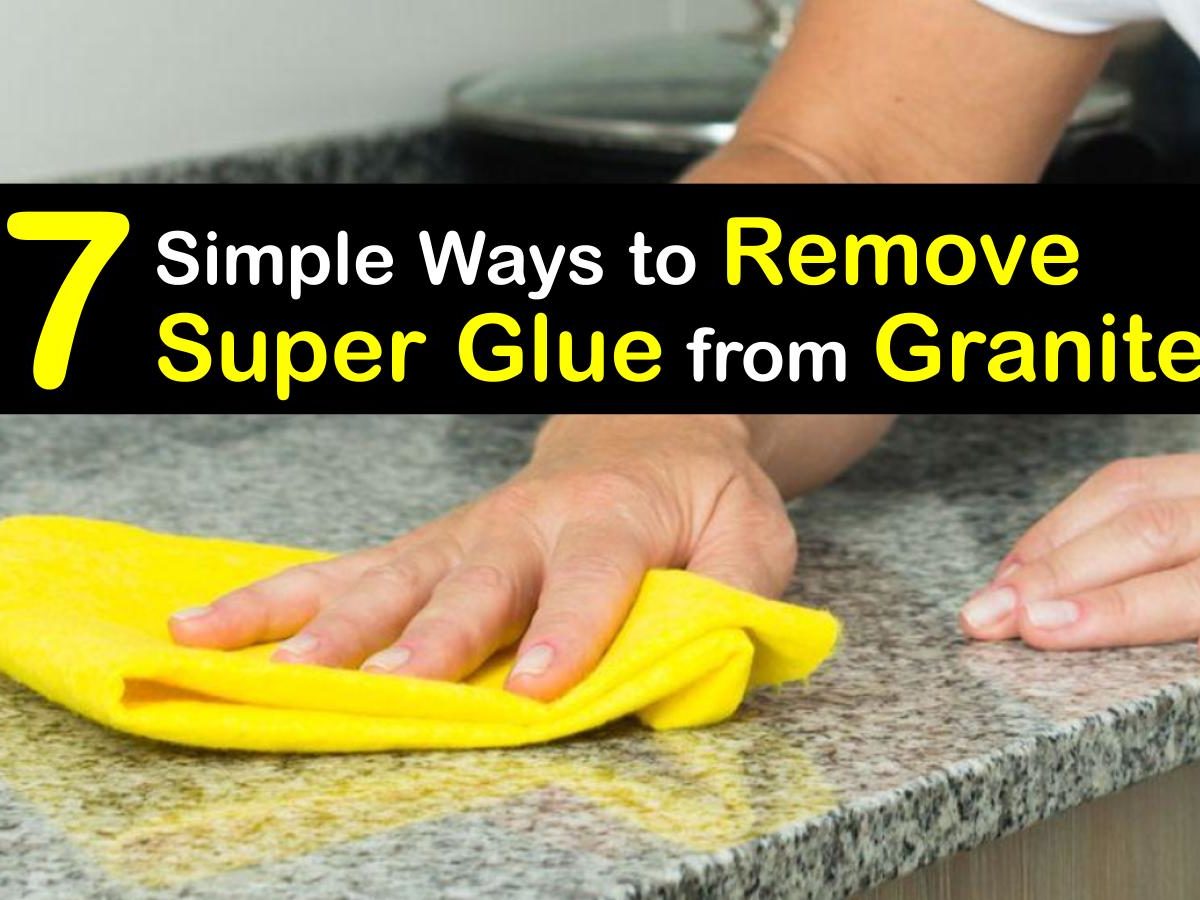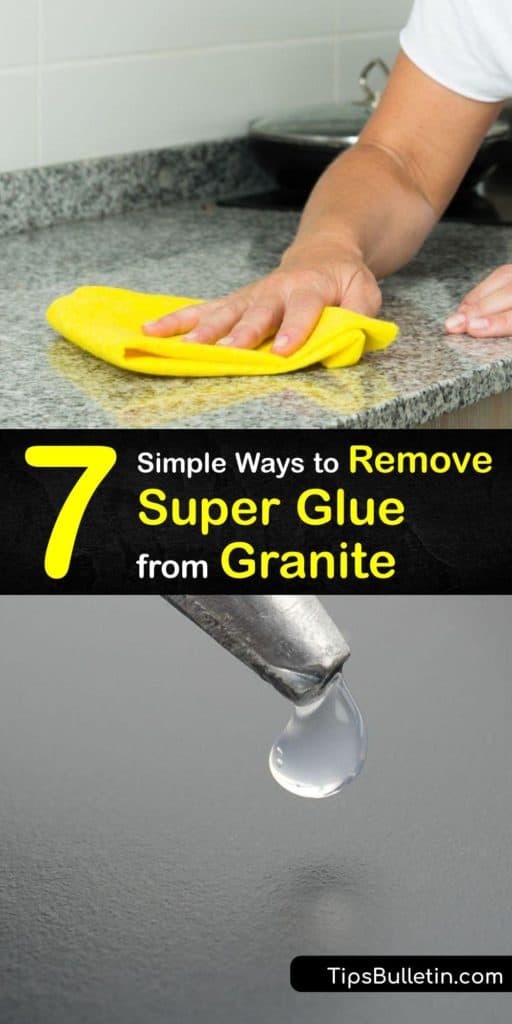Safely Removing Adhesive from Granite Countertops
Granite countertops add beauty and elegance to any kitchen or bathroom, but removing adhesive from them can be daunting. Whether you’re dealing with residue from stickers, labels, or adhesives used during installation, it’s essential to proceed with caution to avoid damaging the granite surface. With the right techniques and tools, you can safely remove adhesive from granite countertops without causing any harm.
Gentle Cleaning Solutions: Start with the Basics
Begin by using mild, non-abrasive cleaning solutions to loosen the adhesive residue from the granite surface. Mix a few drops of dish soap with warm water to create a gentle cleaning solution. Apply the solution to the adhesive residue using a soft cloth or sponge, and gently rub the affected area in a circular motion. Avoid using abrasive scrubbers or harsh chemicals, which can scratch or etch the granite surface.
For stubborn adhesive residue, you can try using a specialized adhesive remover formulated for use on stone surfaces. Be sure to choose a safe product for granite and follow the manufacturer’s instructions carefully. Apply the adhesive remover to the affected area and allow it to sit for the recommended amount of time before wiping it away with a clean cloth.

Heat Application: Soften the Adhesive
Applying heat to the adhesive can help soften it, making it easier to remove from the granite surface. Use a hairdryer or heat gun set to a low or medium heat setting and hold it a few inches away from the adhesive. Move the heat source back and forth over the adhesive, being careful not to overheat or damage the granite. After a few minutes of heating, test the adhesive with a soft cloth to see if it has softened.
Once the adhesive has softened, use a plastic scraper or credit card to gently scrape away the residue from the granite surface. Work slowly and carefully to avoid scratching or gouging the granite. If necessary, reapply heat to stubborn areas and continue scraping until the adhesive is completely removed.

Natural Solvents: Harnessing the Power of Household Items
Certain household items can act as natural solvents to help break down adhesive residue on granite countertops. One common household item is rubbing alcohol, which can effectively dissolve many types of adhesive without harming the granite surface. Apply a small amount of rubbing alcohol to a soft cloth and gently rub it onto the adhesive residue. Allow the alcohol to sit for a few minutes to penetrate the adhesive before wiping it away with a clean cloth.
Another natural solvent that can be effective against adhesive residue is white vinegar. Mix equal parts white vinegar and water in a spray bottle and spray the solution onto the affected area. Let it sit for a few minutes before wiping it away with a soft cloth. Repeat the process as needed until the adhesive is completely removed.
Finishing Touches: Polishing and Protecting the Granite
Once the adhesive residue has been successfully removed from the granite countertop, it’s essential to clean and polish the surface to restore its shine and luster. Use a granite cleaner specifically formulated for use on stone surfaces to clean the countertop thoroughly. Apply the cleaner according to the manufacturer’s instructions and buff the surface with a soft cloth to bring out its natural beauty.
To provide added protection against future adhesive residue and spills, consider applying a granite sealer to the countertop. Granite sealers create a protective barrier that repels liquids and prevents staining, making it easier to clean and maintain the countertop over time. Follow the manufacturer’s instructions for applying the sealer, and be sure to reapply it periodically to keep your granite countertop looking its best.

Common Mistakes to Avoid:
Using Abrasive Cleaners: Avoid using abrasive cleaners or scrubbers on granite countertops, as they can scratch or etch the surface.
Using Harsh Chemicals: Harsh chemicals like bleach or ammonia can damage granite countertops, so stick to mild cleaning solutions and natural solvents.
Scraping Too Aggressively: Be gentle when scraping adhesive residue from granite countertops to avoid scratching or gouging the surface.
Skipping the Sealing Step: Properly sealing your granite countertop can help prevent future adhesive residue and stains, so don’t skip this important step.
Neglecting Regular Maintenance: Regular cleaning and maintenance are essential for preserving the beauty and longevity of your granite countertop, so be sure to clean and seal it regularly.

Can I use a razor blade to remove adhesive from granite countertops?
It’s not recommended to use a razor blade or any sharp object to remove adhesive from granite countertops, as it can scratch or damage the surface. Stick to gentle cleaning solutions and soft tools like plastic scrapers or credit cards.
Will vinegar damage granite countertops?
White vinegar is generally safe to use on granite countertops, but it’s essential to dilute it with water to prevent any potential damage. Avoid using undiluted vinegar or acidic cleaners, as they can etch the surface of the granite.
How often should I seal my granite countertop?
The frequency of sealing your granite countertop depends on factors such as usage and exposure to liquids. As a general rule, it’s recommended to seal granite countertops every 1-3 years to maintain optimal protection against stains and spills.
Can I use nail polish remover to remove adhesive from granite countertops?
Nail polish remover typically contains harsh chemicals like acetone, which can damage granite countertops. It’s best to avoid using nail polish remover or any other harsh chemicals on granite surfaces and stick to gentler cleaning solutions and natural solvents.
What should I do if adhesive residue won’t come off my granite countertop?
If adhesive residue persists despite your efforts, consider seeking professional assistance from a stone restoration specialist. They have specialized tools and techniques to safely remove stubborn residue without causing damage to the granite surface.

How to remove super glue from your countertop with no fuss
Ways to Remove Glue from Counter Tops

Are Kitchen Countertops Glued Down? [And How to Remove Them

How to Remove a Granite Countertop

Related articles:
- How To Clean Granite Countertops?
- Fixing Chipped Granite Countertop
- Is Granite Countertops Safe?
- Ocean Blue Granite Countertops
- White Cabinets Brown Granite Countertops
- Granite Countertop Colors With Maple Cabinets
- How To Remove Adhesive From Granite Countertops
- Granite Countertops Advantages
- Faux Painted Granite Countertops
- Matching Backsplash To Granite Countertop
